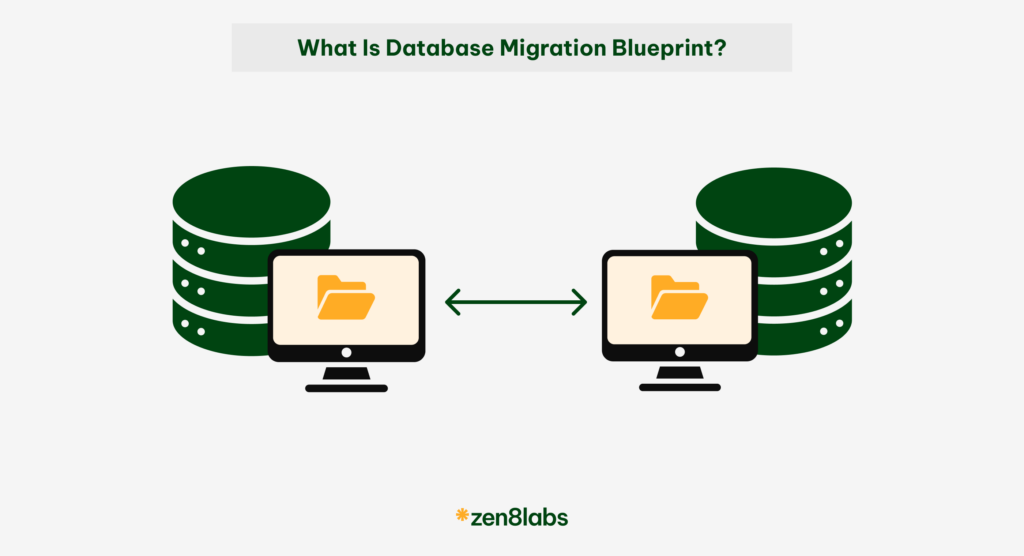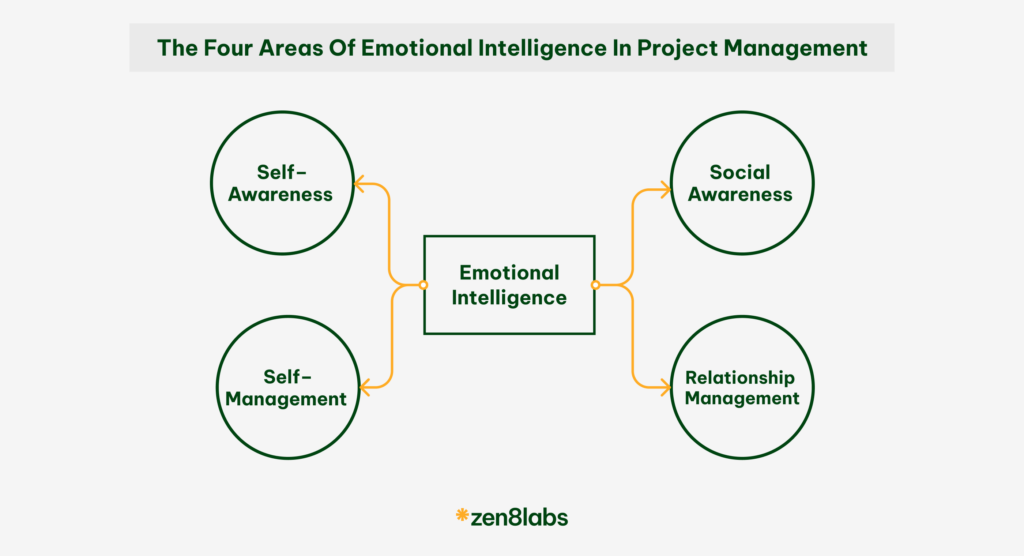Meetings play a crucial aspect of software development projects, especially in a hybrid workspace. They serve as a means for employees to build a human connection with one another. But sometimes, we find ourselves lost in an endless stream of meetings. So, how can we address this challenge and make our meetings truly valuable? Join me as we explore practical ideas to overcome meeting overload in software development projects at zen8labs.
Prepare for meetings

Clearly defined goals: Begin by establishing clear goals for each software development team meeting. For example, before a brainstorming session for a new feature, zen8labs’ team sets a goal to explore innovative ideas that improve user experience and optimize performance.
Thorough preparation: Prioritize preparation by organizing the meeting content in advance. For instance, before a sprint planning meeting, the team creates a detailed backlog of tasks, estimates the effort required, and identifies potential roadblocks. This preparation streamlines the discussion and allows the team to allocate resources efficiently.
During the Meetings

Active listening: In the fast-paced world of software development, it’s crucial to actively listen to team members’ perspectives and respect their opinions. Each individual brings unique insights and experiences to the table, which can greatly contribute to the project’s success. By actively listening and acknowledging the value of different viewpoints, team members can build stronger relationships and a deeper understanding of the project’s requirements and challenges.
Creating a supportive environment that encourages open communication allows everyone to freely express their thoughts and concerns, fostering an atmosphere of trust and collaboration. zen8labs’ Head Chapter and CEO actively offer private, in-person “Deep Talk” sessions to the software development team members at any time. By prioritizing these conversations, team members receive undivided attention, fostering open communication and innovation. Through active listening, the management creates a welcoming environment, reducing employees’ hesitancy to share their ideas and concerns. This approach not only boosts morale but also yields a wealth of creative ideas from the team, further fueling the company’s success
Constructive conflict resolution: In any complex project, conflicts are bound to arise, especially when dealing with diverse teams and stakeholders. In software development projects, conflicting ideas or approaches to problem-solving can lead to more robust solutions. Therefore, the team should embrace conflicts as a natural part of the process and approach them constructively. Encouraging constructive conflict resolution means promoting healthy discussions, actively seeking consensus, and ensuring that conflicts do not escalate into personal or unproductive confrontations. By finding common ground and building effective solutions together, the software development team can progress efficiently and maintain a positive working environment.
Encourage participation and creativity: Software development projects often benefit from a range of perspectives and creative ideas. To foster an environment that encourages participation and creativity, team leaders can create platforms for brainstorming sessions, ideation workshops, or collaborative problem-solving exercises. Embracing diverse ideas and viewpoints leads to innovation and allows the team to consider different approaches and possibilities. Furthermore, providing opportunities for team members to take ownership of their ideas and explore innovative solutions boosts morale and motivation.
After the meetings
Evaluation and improvement: Reflect on the outcomes of each meeting to identify successful aspects and areas for improvement. This reflection enables continuous learning and refinement for future meetings.
Effective time management: Respect the value of time by ensuring meetings stay on schedule and avoid unnecessary prolongation. Utilize time management techniques to allocate appropriate time for presentations and discussions, promoting focus and productivity.
Thoughtful notetaking: Capture important points and commitments through effective notetaking. Employ strategies to condense information and ensure clarity for all participants. Notes taken during meetings are often shared with all software development team members. This ensures that everyone is on the same page and reduces the chances of miscommunication or information gaps. When team members have access to well-documented notes, they can focus more on problem-solving and innovation rather than trying to remember past discussions.
Follow-up and accountability: Track progress and ensure that commitments made during the meetings are followed through. This fosters accountability and propels project advancement.
Foster a welcoming atmosphere: Lastly, create a friendly and welcoming meeting environment. Treat everyone with respect and professionalism, maintaining a balanced and comfortable atmosphere. While emphasizing productivity, infuse some warmth into the interactions. In this setting, a culture of open communication and supportive interactions is nurtured, leading to successful software development endeavors.
Conclusion
By implementing these strategies, one can successfully address meeting overload and create impactful gatherings in software development projects. These ideas should be adapted to suit the project’s requirements and cultivate an environment of collaboration and creativity. The goal is to enhance interaction and efficiency during meetings, enabling the team to achieve success in their software development endeavors.
Let’s strive for productive and fulfilling meetings while celebrating our accomplishments along the way. Together, we can elevate the meeting experience and drive progress in our software development projects.
Find other useful topics here!
Van-Anh Nguyen, Business Analyst





